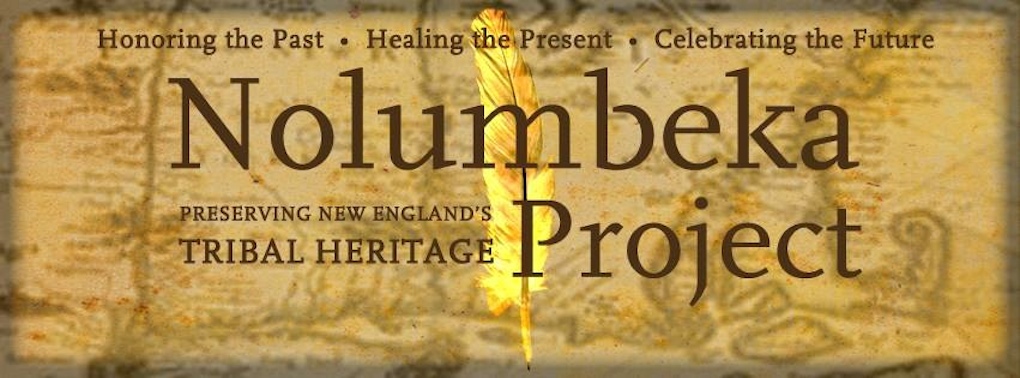by Diane Dix
 |
| Standing Stones on Burnt Hill, Heath MA (photo courtesy of Martin Miller) |
Simply
said, the members and friends of the Nolumbeka Project regard much of
New England as a vast ritualized landscape.
In
addition to the Wissatinnewag property now under our stewardship, we
are continuing our efforts to protect the re-burials at White Ash Swamp and are involved in a number of other preservation efforts to identify and protect other American Indian burial sites.
In 2008,
members of the Nolumbeka Project were instrumental in proving the
eligibility of the Turners Falls (MA) Sacred Hill Ceremonial Site for
the National Register of Historic Places. Without this intervention,
the site would have been destroyed by the extension of the
airport’s runway. Nolumbeka Project members assisted by providing
records from our Archives; giving first person accounts verifying the
sacred nature of the area; clearing brush; monitoring the site; and
participating in important meetings. Visit http://www.nps.gov/nr/publications/guidance/TurnerFallsDOEDecision-Redacted.pdf for details about this important preservation success.
To
gain an understanding of the vastness of our mission, one must realize
that much of the history we were taught in school about the
pre-European history of New England was based on a deep and pervasive cultural bias. Until recently, there were academics, “experts” in the field of archaeology
and anthropology, who asserted that the New England American Indians did not
build with stone. (Some also said there were no Native Americans in
Vermont!)
Although much has been destroyed or misidentified, stone monuments,
earthworks, burials and other evidence of the existence of a highly
developed culture remain. The monuments, although very similar to
ancient monuments worldwide, were deliberately disconnected from the
true history of the native culture. Much of this cultural denial was
perpetrated by English land speculators, and by some Christian ministers whose goal, as worded by Rev. John
Eliot was to, “to convince, bridle, restrain and civilize” the Indians
“and also to humble them”.
Because
of this deep cultural bias, the lithic remains of the Native Americans
of New England remained hidden in plain view for centuries. Many of
these features are constructed with stone and blend quietly and
reverently into the natural surroundings. Yet, once one awakens to their
presence they seem to be everywhere. Most were constructed hundreds,
even thousands of years ago, when the Indians burned much of the land to
control the vegetation and foliage did not obstruct the sightlines.
Often these monuments lead the eyes to the place where the earth meets
the sky.
Like
many acknowledged sites in pre-Christian Europe and elsewhere, many of
these structures are oriented to important astronomical events, such as
the sunrises and sunsets on the solstices and equinoxes. Others signal
the time to plant crops or burn the land. Many of these ritual sites
connect with other sites to form networks that stretch for hundreds of
miles.
(Click to continue)
(Click to continue)

